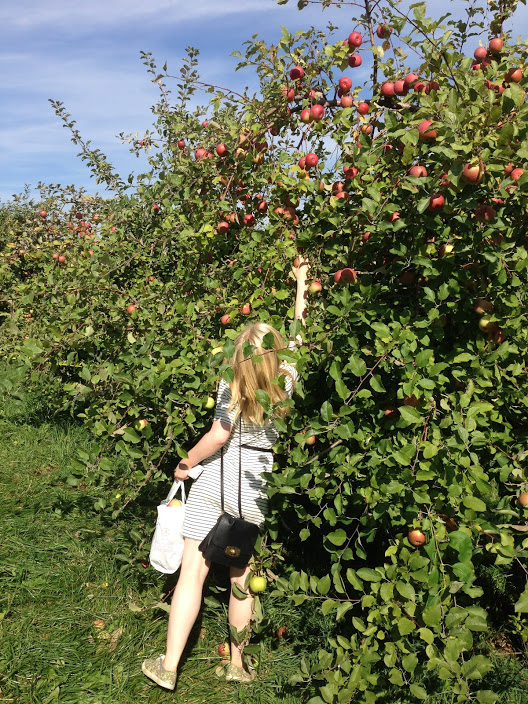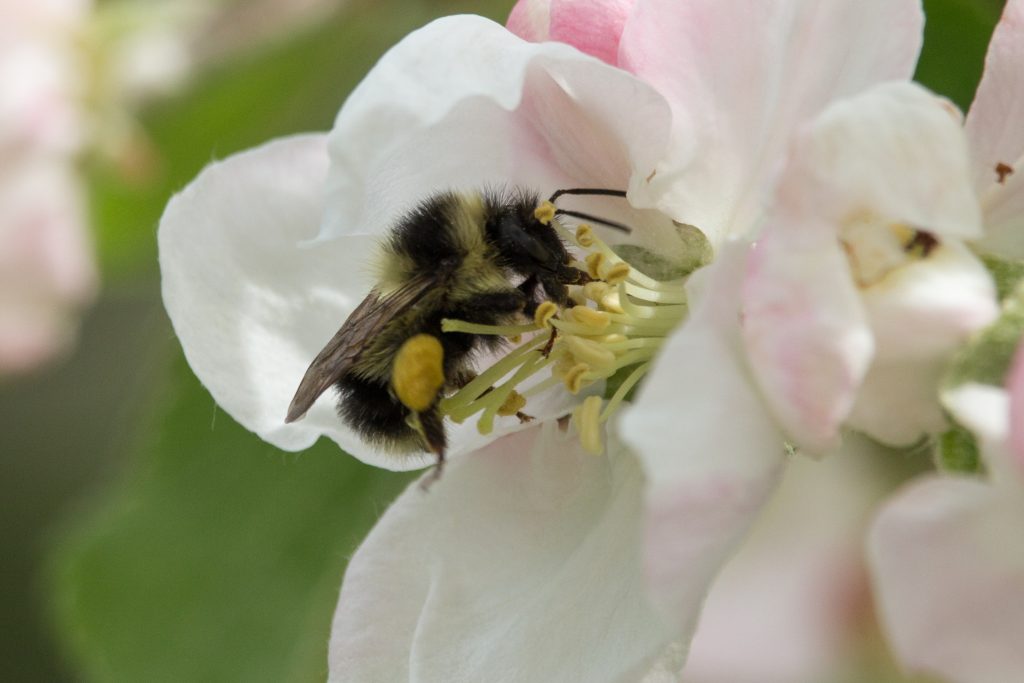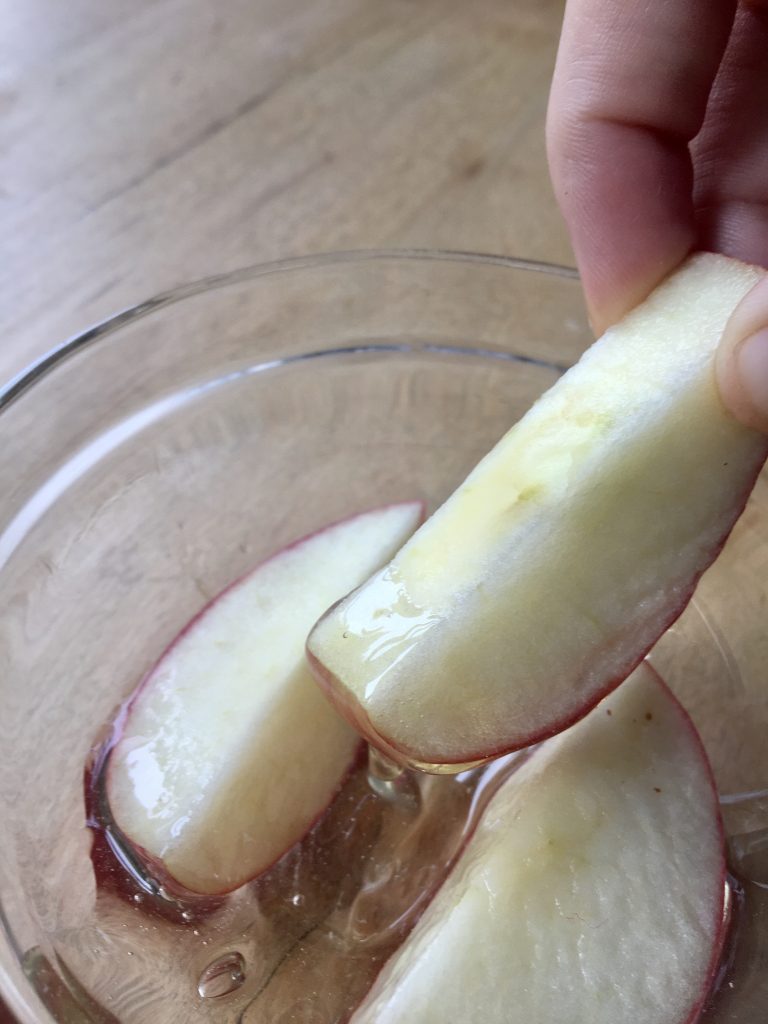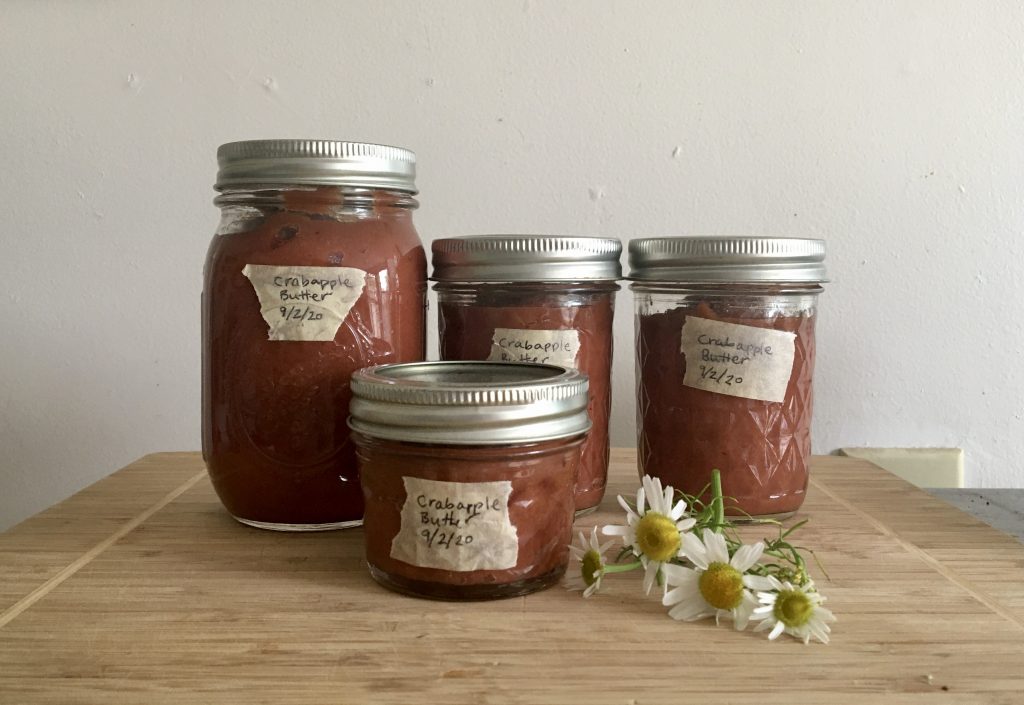Fall is approaching fast and that means one thing: apple picking season! If you’re from the Northeast, apple picking may have been a staple for you growing up. I know for me it was, and I would get particularly excited about my mom’s homemade apple crisp.

Something you may not have thought about when strolling the orchards or eating your grandmother’s famous apple pie is: how did this apple come to be?
Before we get to Grandma’s apple pie, we need to rewind a little bit. Back to springtime to be specific.
On a New England day in May, if you found yourself in an apple orchard, you would be met with sweet smells and the sight of trees covered in blossoms. If you looked more closely, you might find the secret to all the busy orchards in the fall. You guessed it, you would see lots and lots of bees. These bees are providing a critical service to the apple trees; by transferring pollen from tree to tree, they are fertilizing the soon-to-be-seeds in the apple flower. Once fertilized, the plant makes a protective and nutritious encasement around the seeds, which lucky for us, is an apple!

Apple farmers know they need pollination to occur in order to get a fruit, so many set up their orchards in a way that ensures a good fruit set. They do this by setting up what’s called “pollination partners.” Apple blossoms only bloom for around 9 days, so it is important that there are other trees nearby that are also blooming in order for cross-pollination to occur. By planting genetically compatible trees that bloom during the same time, farmers ensure that their apple trees will get pollinated and therefore get a good fruit set.
Honey bees (Apis mellifera) have been historically and commonly used as a way to ensure pollination in apple orchards. These days, thousands of honey bee hives are trucked in for the short, four-week apple blooming season. Some orchards also use managed bumble bees (Bombus spp.) or mason bees (Osmia spp.), although this practice is much less common.
However, growing evidence suggests that the most important pollinators are the wild bees that are already visiting the orchards. Wild mining bees (Andrena spp.), sweat bees (Lasioglossum spp.), cellophane bees (Colletes spp.), and mason bees (Osmia spp.) are all commonly found visiting apple blossoms in spring. Not only that, but wild bees have evolved to live in harsh spring conditions, so they pollinate in colder wetter weather when honey bees refuse to forage. Even more importantly, wild bees transfer more pollen than honey bees per visit and make more visits per hour. Taken together, over the blooming period of an orchard, wild bees are much more effective pollinators than honey bees.
To learn more about the amazing diversity and life history of wild bees you can find in eastern apple orchards, click here.
Regardless of what bee visited the flowers that made your apple possible, next time you take a bite into a crispy red apple, make sure to thank a bee! And if you, like me, will be bringing in the Jewish New Year tomorrow night with the tradition of dipping apples in honey, make sure to thank many bees!

*TPI tip*
You know that crabapple tree outside your house that’s just covering your yard with small rotten apples? Harvest your crabapples! Crabapples are wild apples that are edible (never poisonous!) and make great applesauce and apple butter. I made this batch from foraged crabapples I found in the area.


